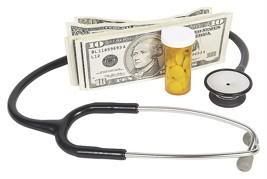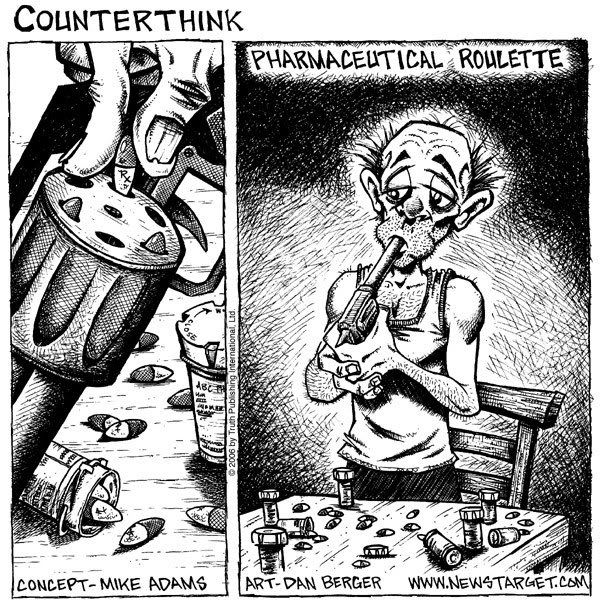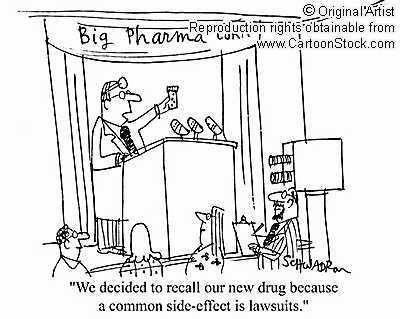randomlight
Date: Jun 29, 2008 6:36 PM
Some
Proof that Marijuana is a Powerful Medicine
 ..
..
Marijuana contains an amazing chemical, beta-caryophyllene,
and scientists have thoroughly proven that it could be used to treat
pain, inflammation, atherosclerosis, and osteoporosis.
Jürg Gertsch, of ETH Zürich, and his collaborators from three
other universities learned that the natural molecule can activate a
protein called cannabinoid receptor type 2.
When that biological button
is pushed, it soothes the immune system, increases bone mass, and
blocks pain signals -- without causing euphoria or interfering with the
central nervous system.
Gertsch and his team published
their findings on June 23 in the Proceedings of
the National Academy of Sciences.
..They focused on the
anti-inflammatory properties of the impressive substance -- testing it
on immune cells called monocytes and also in mice.
Since beta-caryophyllene seems to be powerful, occurs
naturally in many foods, and does not get people high, it could turn
out to be a nearly ideal medication.
The organic compound is also
phenomenally cheap.
Sigma Aldrich sells
it, in kosher form, for forty-two dollars per kilogram.
Unfortunately, big pharmaceutical companies tend not to seek
FDA approval for natural chemicals, and most doctors are reluctant to
prescribe drugs that have not received a green light from the
regulatory agency.
Thus, it would require a heroic effort by academic
researchers to prove that beta-caryophyllene is safe and effective in
humans.
Perhaps, before that happens, the natural substance will find
its way into the herbal medicine aisle of health food stores.















